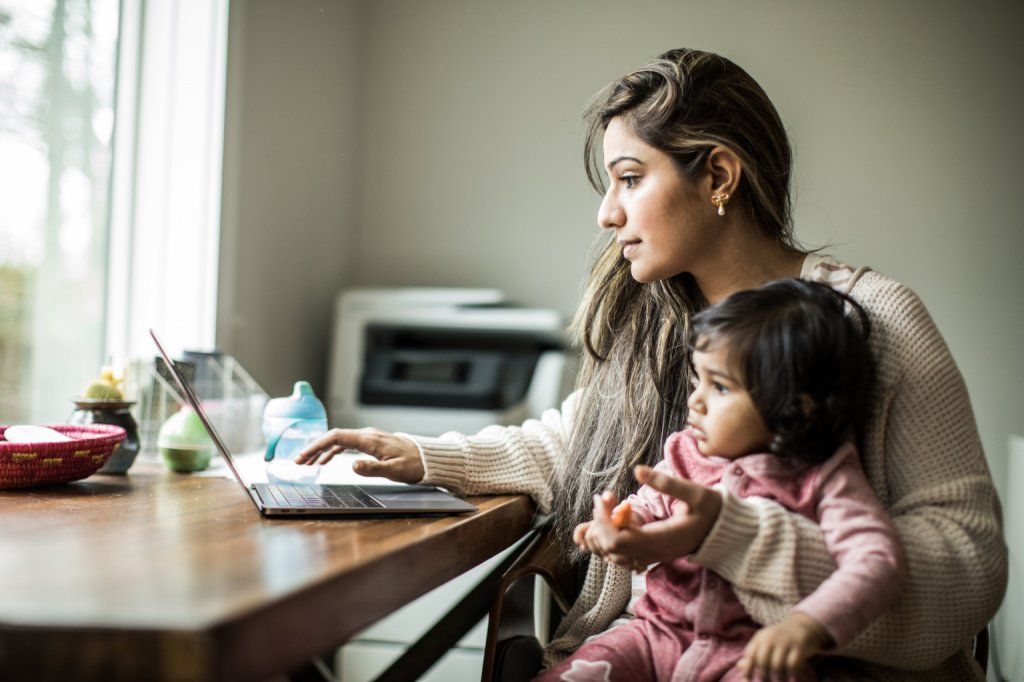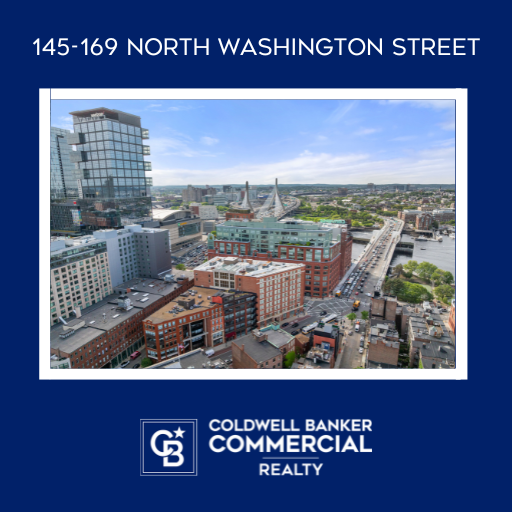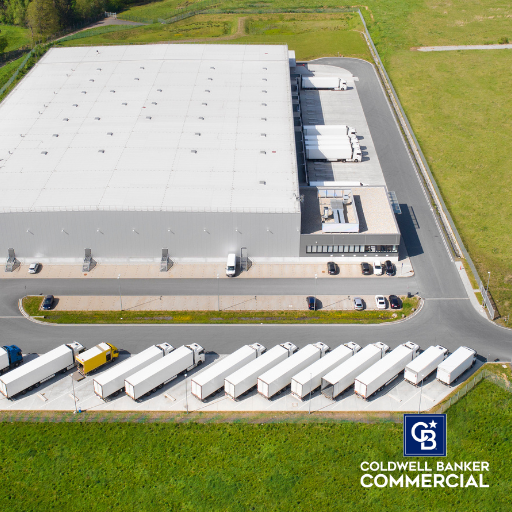How the Home Office Will Impact Multifamily Tenant Wants

When the coronavirus began spreading around the world earlier this year, massive and across-the-board shelter in place mandates basically created a massive social experiment involving remote working. And now that we’re several months in, it seems that people who are able to work from home typically like doing so.
A recent study conducted by iOmetrics and Global Workplace Analytics on the work from home culture found that nearly 70 percent of the respondents said they felt “very successful” at working from home, with nearly 80 percent wanting to be able to continue working from home at least one day a week, and a full 16 percent saying they would prefer not to return to the office at all.
And it’s not just the employees who are appreciating the change. A number of companies, both large and small, are coming forward to acknowledge the benefits of a remote workforce, as well. Earlier this summer, Slack announced that it will allow its employees to continue to work from home even after the pandemic subsides, if they choose. Slack joins a host of other corporations making similar claims, including Twitter, Coinbase, Shopify, Square, and more.
With more people choosing to work from home, there will no doubt be shifts in what multifamily tenants are looking for in their home. Even if there isn’t space for a dedicated full-time home office, creating an efficient workspace in an apartment is definitely possible. If you’re in the multifamily space, here are some ways that working from home can impact what your tenants are looking for.
Function will become just as important, if not more, than aesthetics
For a while, design has been the focus of living space, rather than functionality. But as more people work from home, you can expect to see this priority shift somewhat. The reality of working from home means that your tenants will need to carve out space that can be dedicated to work.
If there’s a way to make this space aesthetically pleasing, great. However, it’s the function that will really matter in the long run, and sometimes this means sacrifices in design. There can be creative solutions for almost any design challenges, so listen to what your tenants are saying and try to find ways to incorporate their wants and needs into your design.
Good light is more important than ever
It’s no secret the effects that good lighting can have not only on productivity, but on overall mood and wellbeing. No matter where your tenants are working from at home, good lighting will be a top priority. Good lighting can help to alleviate some of the eye strain that is notorious for workers who spend hours a day staring at screens, and can also help improve headaches and fatigue.
Make sure that your units all have sufficient natural lighting and consider investing in adjustable lighting that would allow your tenants to adjust their lights throughout the day, as needed.
Tenants will prioritize common areas or green space
With tenants spending more time indoors working, they will turn to common areas or green spaces to escape from work and take much-needed mental breaks. Make sure any common areas are set up for successful social distancing (and don’t forget to sanitize regularly!) and consider adding green spaces or gardens with comfortable seating options throughout your property.
Until all workers are able to safely return to the office, it’s hard to say just how many employees will permanently work from home and how many of these changes are here to say. For more on what’s hot and upcoming in commercial real estate, follow the CBC Worldwide blog.
A Trusted Guide in Commercial Real Estate
Coldwell Banker Commercial® provides Commercial Real Estate Services from Property Sales and Leases, to Property Management. Learn how our expansive network of Independently Owned and Operated Affiliates and Real Estate Professionals use their in-depth knowledge of the local market and industry trends to help businesses and investors navigate the complexities of the commercial real estate landscape.






